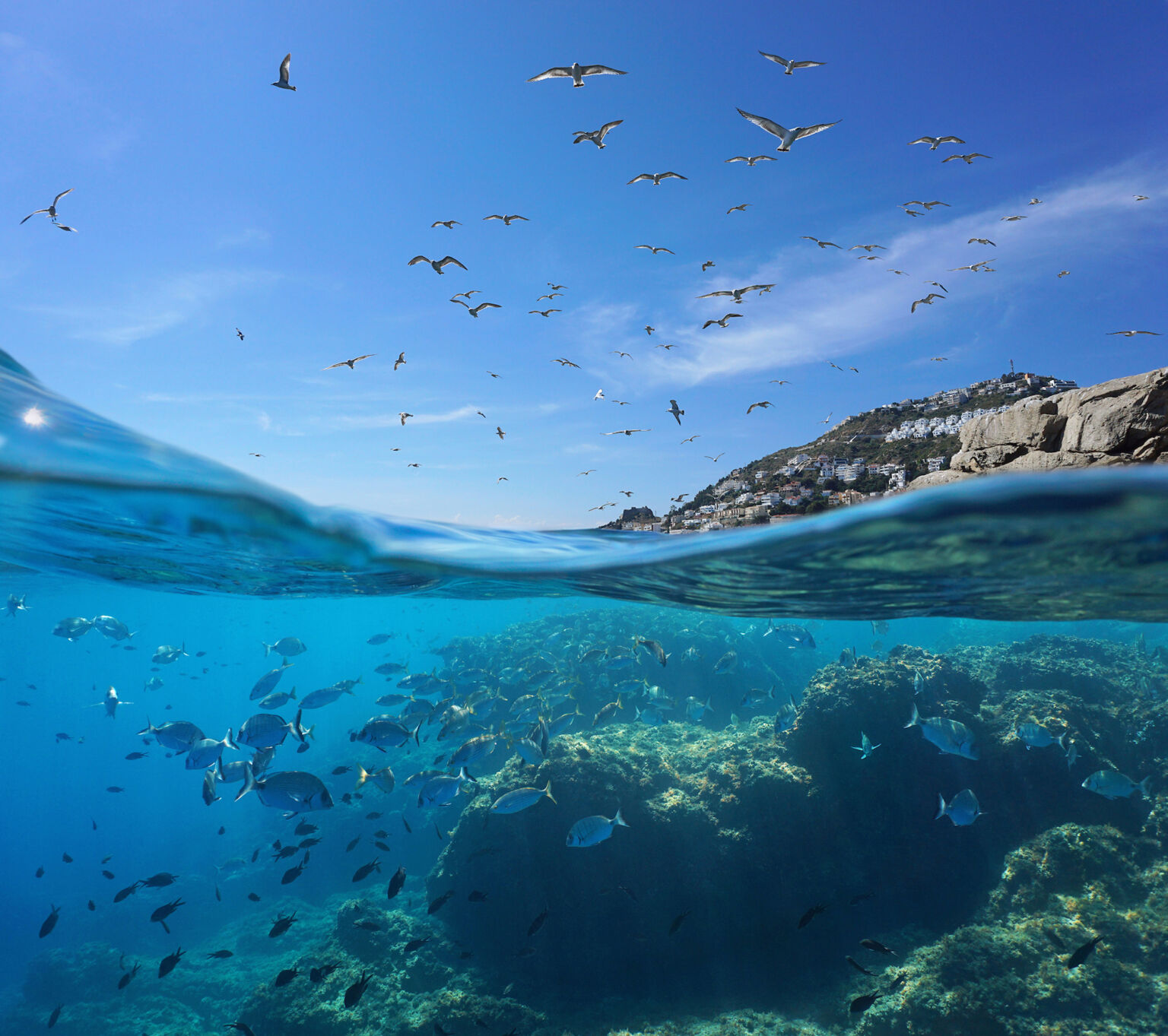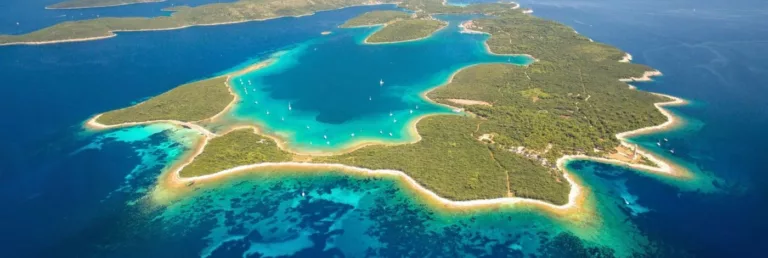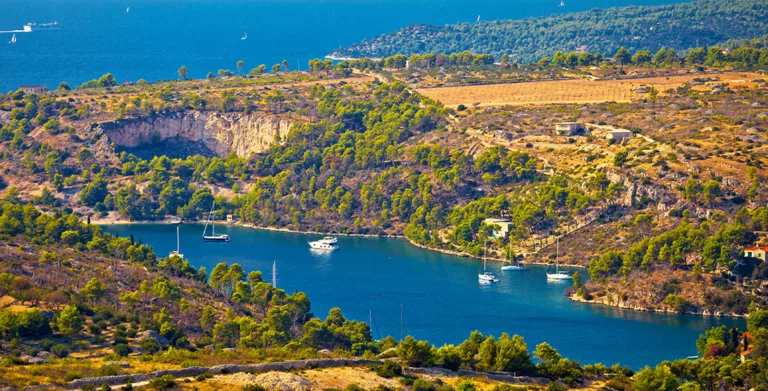Croatia - Best Ports, Anchorages, and Boatyards
PORTS & ANCHORAGES IN
Sailing season in Croatia
The best time for sailing in Croatia is during the summer months, from May to September. This period sees stable weather, warm temperatures, and is the peak tourist season.
However, early autumn—particularly September—can also be a good time, as the sea remains warm and there are fewer crowds.
The winter months are usually quiet, with many coastal towns and facilities going into hibernation until the following spring.
Winds of the Adriatic
Bura (Bora)
The most common wind on the Adriatic coast is the "Bura", a dry and cold northeasterly wind. It's known for its sudden appearance and can reach strong gales, especially in the Velebit Channel.
Jugo
Another well-known wind is the "Jugo", a warm, moist southeasterly wind that can last for days, often bringing cloudy, rainy weather.
Maestral
Then there's the "Maestral", a daily thermic wind blowing from the northwest, which is ideal for sailors as it's milder and predictable.
Croatia's water is clean and safe to drink, meeting the standards set by Europe. You can find places to refill water at most marinas, ports, and popular coastal spots in Croatia.
The country's power supply is reliable, with a standard voltage of 230V and a frequency of 50Hz. Most marinas offer electrical hook-ups with 16A or 32A connections.
Croatia upholds high-quality fuel standards that comply with European norms.
While some smaller islands may have limited fuel facilities, larger and more frequented ones provide reliable refueling options. It's advisable to prioritize refueling at these locations before venturing into more remote areas.
If you can't access a fuel station directly, simply inquire about fuel delivery options. Many ports and marinas can arrange for fuel to be brought to your location.















